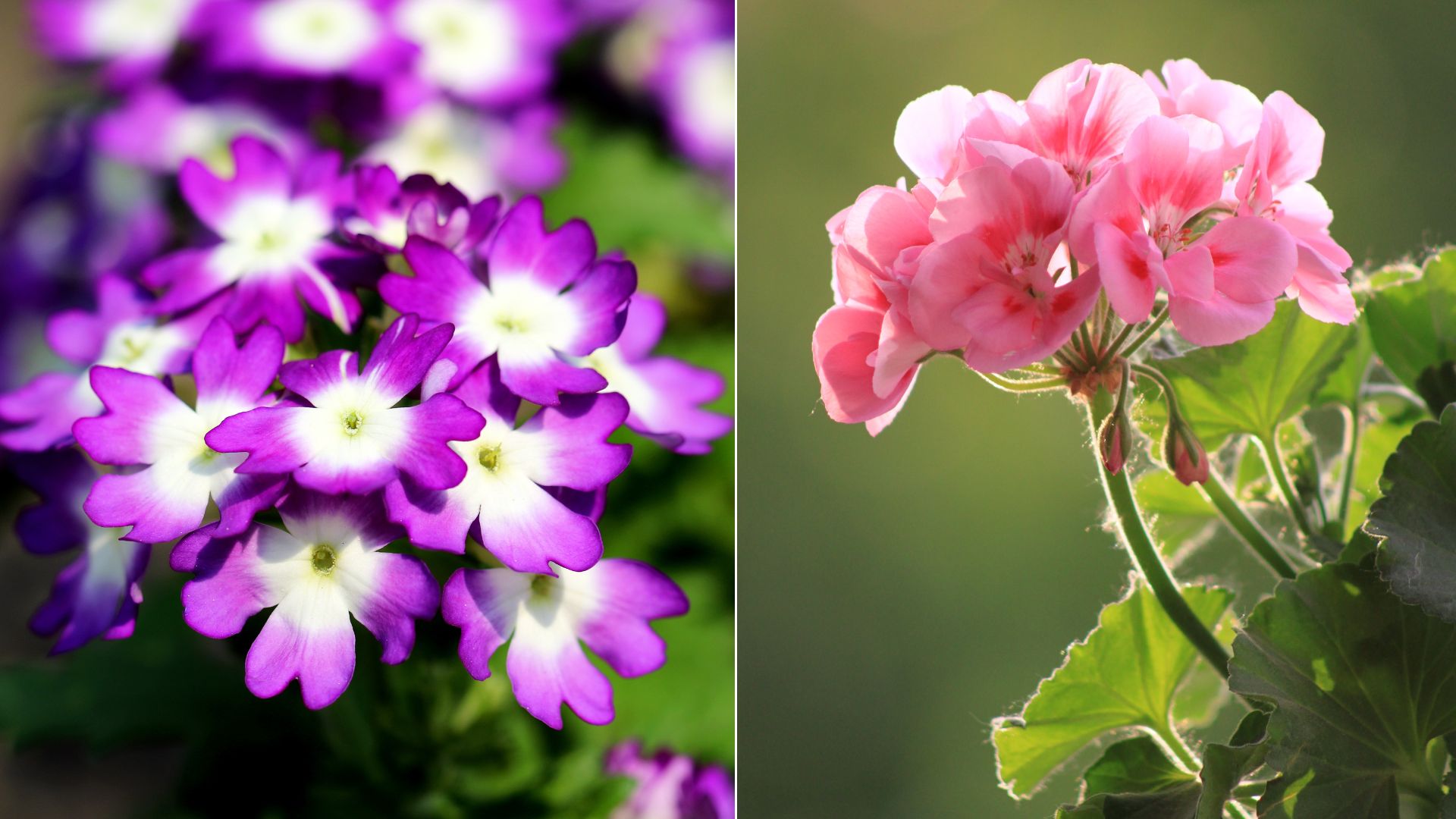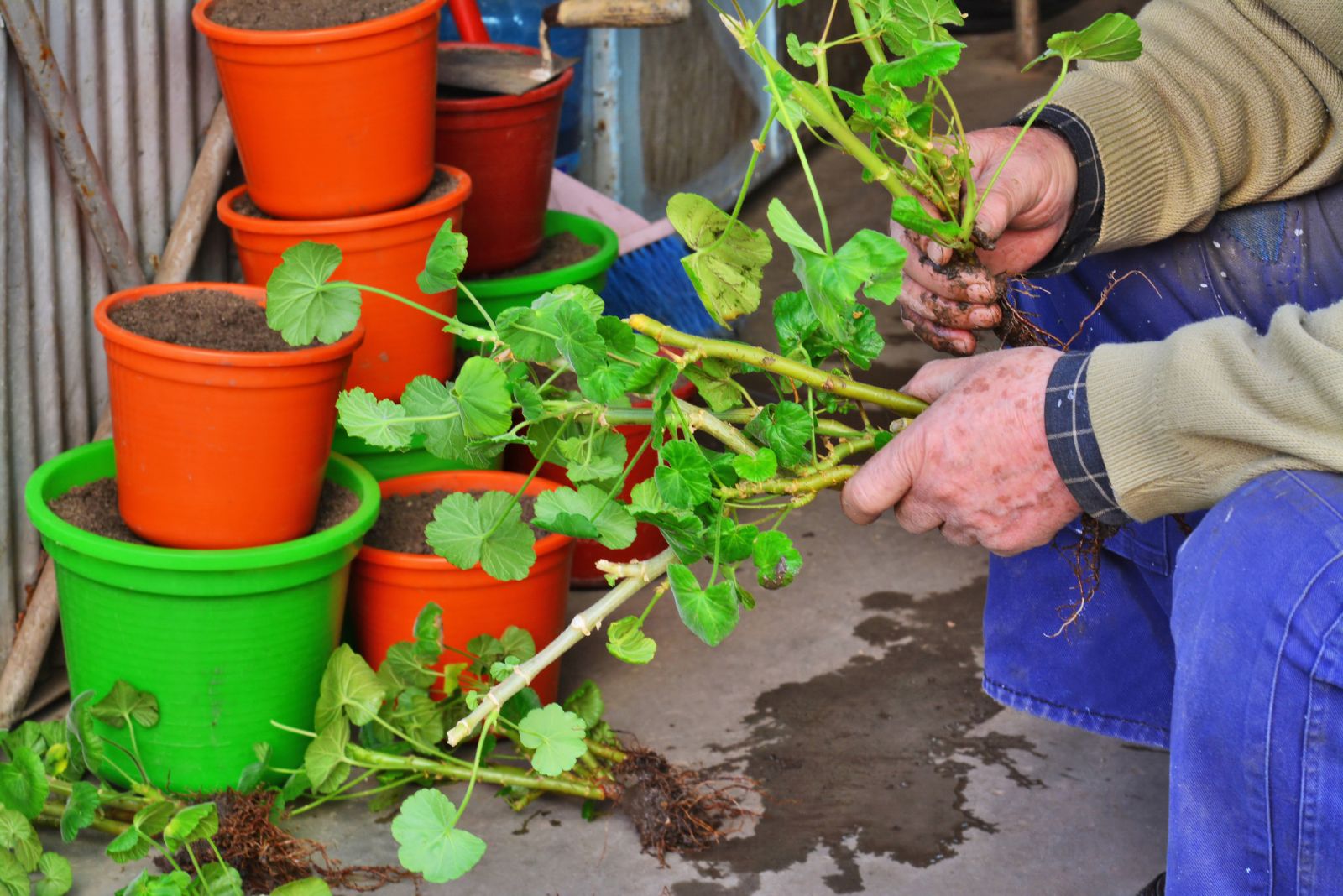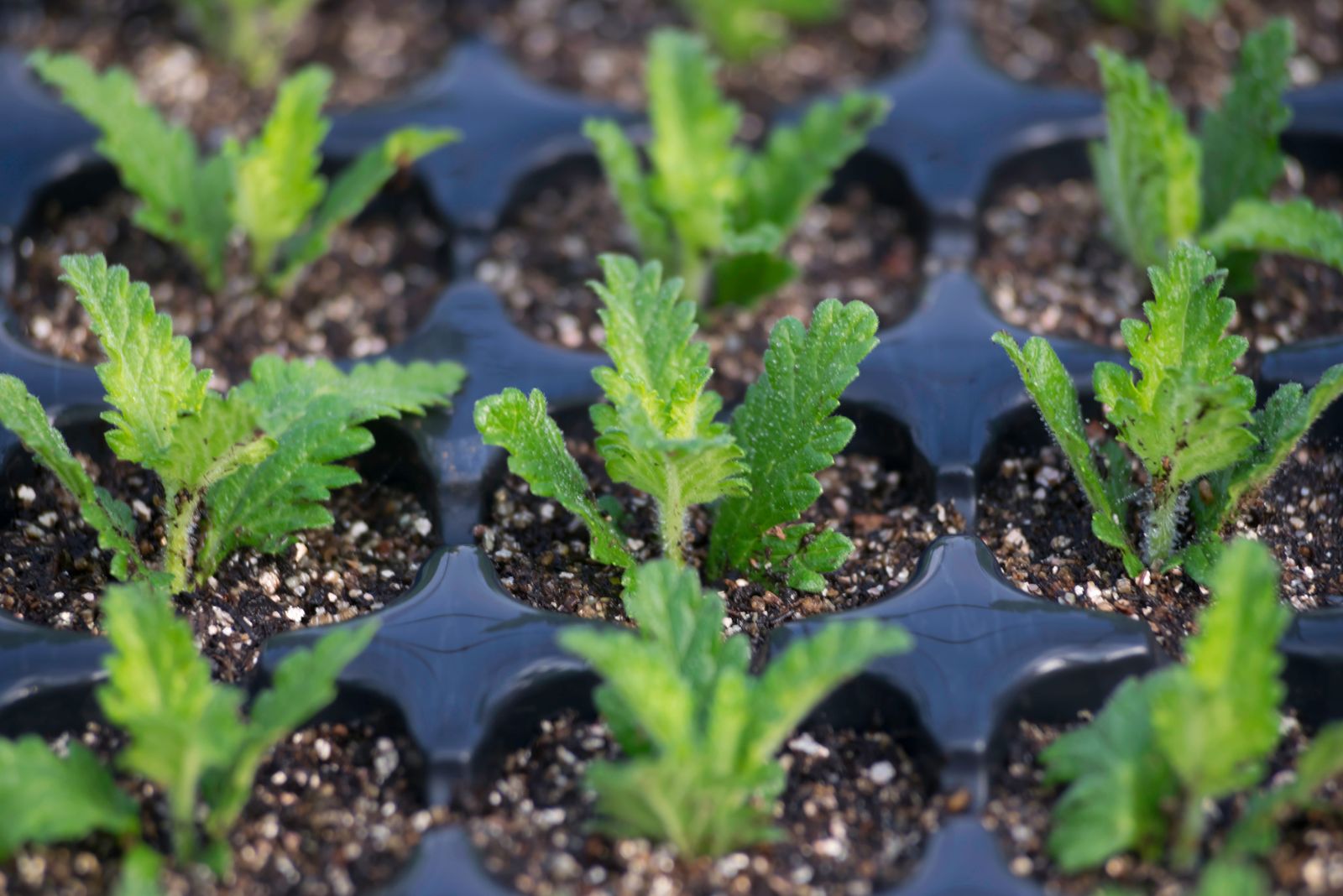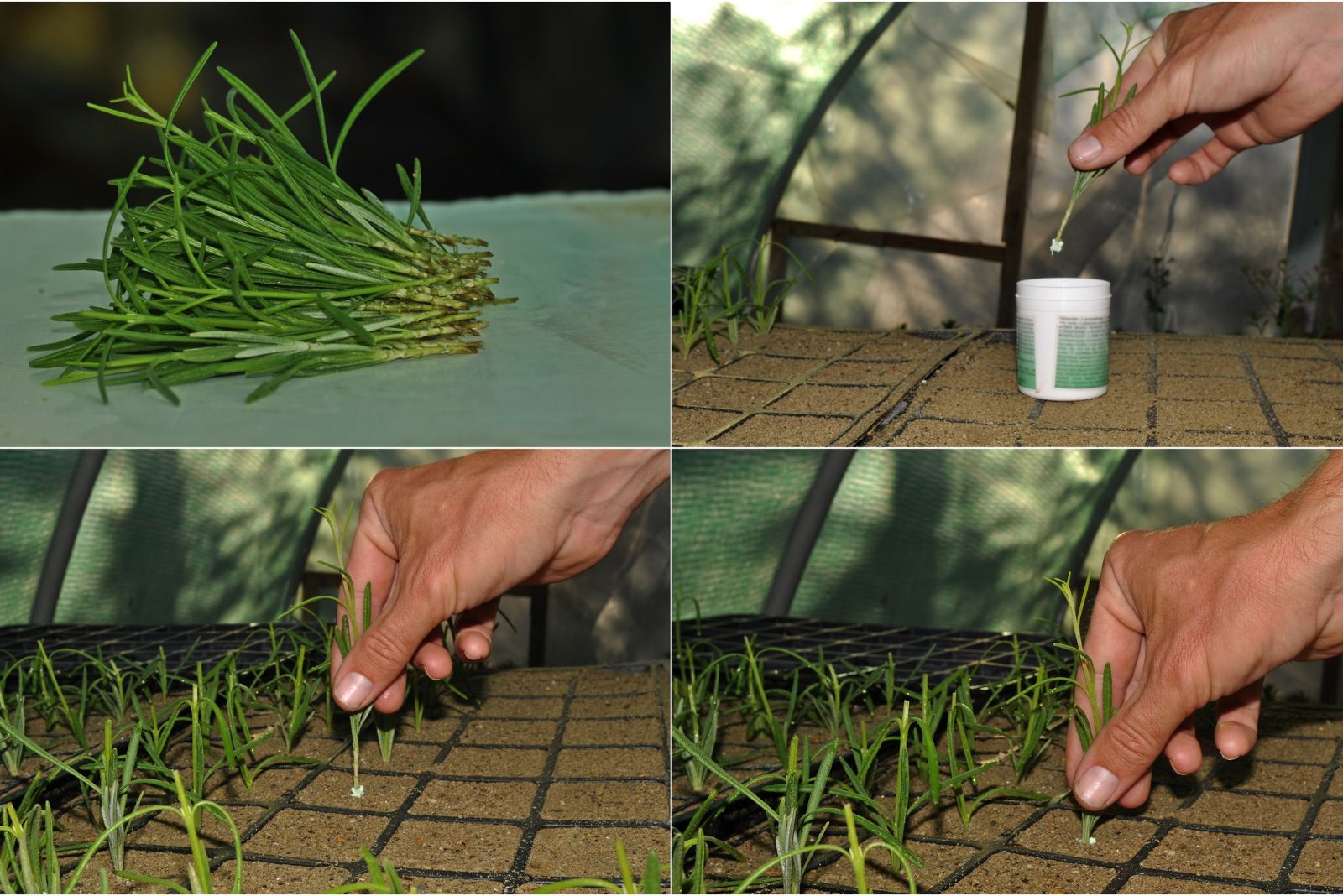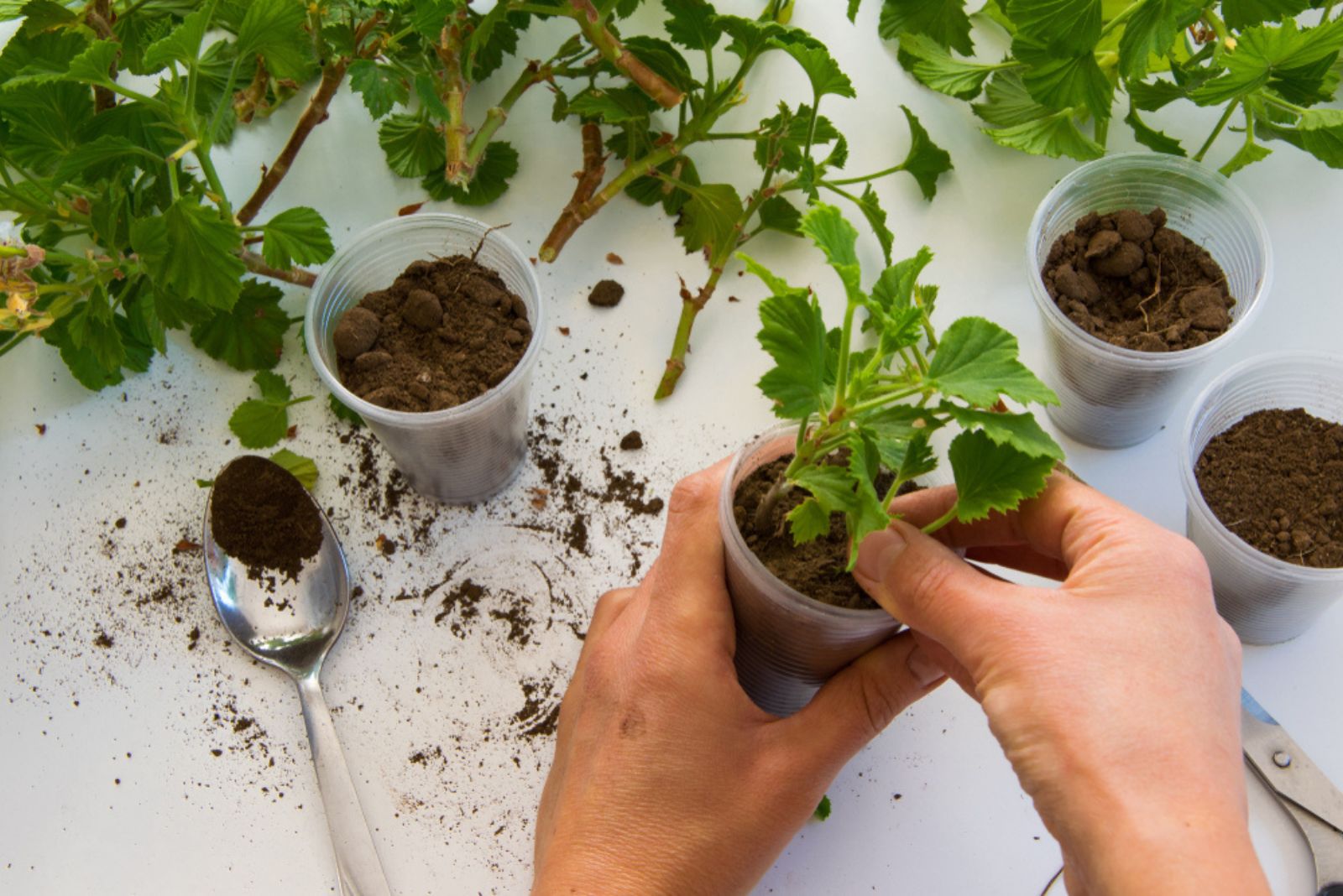Fall isn’t the first thing that comes to mind when propagation is mentioned. This gardening technique is mainly reserved for spring because plants wake up from dormancy and we prune and trim them.
But can you propagate plants in the fall? And what about the success rate? This is the question I’ll answer in this article, and I’ll tell you everything about fall propagation in detail.
Let’s get started!
Pros And Cons Of Propagation
Before I give you a definite answer, let’s first see some of the pros and cons of plant propagation. I should mention that there’s always a risk of unsuccessful propagation no matter if you start plants from seeds or cuttings.
So, why would anyone propagate their plants if there’s such a risk? Well, there’s more to it than meets the eye.
The first benefit of this gardening practice is that the baby plant has the same traits as its parent plants.
The second benefit is that you get a new plant for free. We’re all aware that plants can be pricey and expanding plant collections isn’t cost-effective in many cases. If you like a certain plant, you can get the same one without purchasing it in nursery centers or online.
But one of the main cons of propagation is the time the cuttings or seeds take to generate new roots. When you grow plants from seeds, there’s a risk of losing genetic diversity.
Additionally, propagated plants are as sensitive to specific pests and diseases as their parents.
So, it’s up to you to decide if propagation is worth it. If you want to do it, let’s look at the best time to do so.
Can You Propagate In The Fall?
YES! This season is actually an excellent time to take cuttings from your favorite members of your plant collection. Fall propagation is especially beneficial to those who have perennials and shrubs in their garden
If you take the cuttings in the fall, they’ll have enough time to strengthen over winter. If you grow some tender perennials, such as geraniums, you can take their cuttings once the temperatures start dropping.
For hardier and woody perennials, such as azaleas and rhododendrons, it’s recommended to take cuttings after the first frost.
After you take the cuttings, the first thing you need to do is apply a rooting hormone to enhance root development. The cuttings will most likely root without this hormone, but it is simpler and faster.
When choosing the location for your cutting, pay close attention to sun exposure and put it somewhere it can get bright but indirect light. Harsh sun rays may quickly damage your cutting and it won’t root.
Your cutting also needs warmth and humidity during root development.
Which Plants To Propagate In The Fall
When selecting plants for propagation, you should, of course, select your favorites and the ones whose traits you want to preserve.
It’s also important to use sterilized and sharp cutting tools to avoid breaking the stems and contaminating the plant. If you want your propagation to succeed, make sure each selected cutting has 3 to 6 nodes.
Lavender, verbena, and geraniums are the 3 best plants to propagate during this season.
Let’s see why!
1. Lavender
If your garden lacks color, lavender will fix it! These amazing plants have many benefits and, if you want more of them, fall is the perfect time to propagate.
The majority of lavender varieties aren’t fans of cool temperatures, so you can take the cuttings as soon as the growing season ends. Make sure to propagate your lavender before the first frost.
It’s worth mentioning that the fresh cuttings of this plant may be softer or harder and it mainly depends on the time of year you take them.
For instance, if you take the cuttings in the spring, they’ll be softwood, whereas the ones taken in the fall are considered hardwood. Remember that the latter ones need more time to generate the roots but the success raVerbena
te is higher.
2. Verbena
In addition to their stunning appearance, verbena plants are easily propagated and respond well to fall propagation. The main reason for this is that the varieties with a trailing or upright habit are kept indoors to overwinter.
It’s worth noting that verbena cuttings can be started in the spring but fall propagation gives way better results.
Just like with lavender, the verbena cuttings you take in the fall will need more time to generate roots than their spring counterparts.
When taking cuttings from this amazing plant, select healthy ones that are approximately 3 inches long, don’t have blossoms, and feature a few top leaves.
3. Geranium
Is there anything prettier than a blooming geranium? If you want to have more of these plants in spring, start the cuttings in the fall.
When it comes to these flowering plants, their dormancy period is a bit different than other common outdoor plants. They do grow slower, but little growth is better than no growth.
This feature actually allows you to propagate these plants at any time of the year, but it’s always good to have a lot of them when starting your spring garden.
When taking your geranium cutting, clean your tools with a sanitizing solution and make an incision above the node.
Tips For Fall Propagation
Here are 3 tips that will increase the propagation success rate and get you new healthy plants.
1. Healthy mother-healthy baby: Remember that propagation can succeed only if you take the cuttings from a completely healthy mother plant.
Any disease the mother plant has will quickly transfer to the cutting and it won’t root. Even it if roots, it won’t reach its full potential.
2. Take the cuttings before cold temperatures: Cuttings don’t respond well to freezing and it can cause severe damage. To avoid this, check the forecast and the first expected frost date and take the cutting before.
October is the best time for propagation for most regions, but always check; better safe than sorry!
3. Take hardwood cuttings in low temperatures: Even though softwood cuttings can be taken during this season, hardwood cuttings perform better in cooler temperatures.
If you were wondering about the outcomes of fall propagation, now you know everything. So, what are you waiting for? Embark on your propagation journey and get plants for your spring garden for free!

